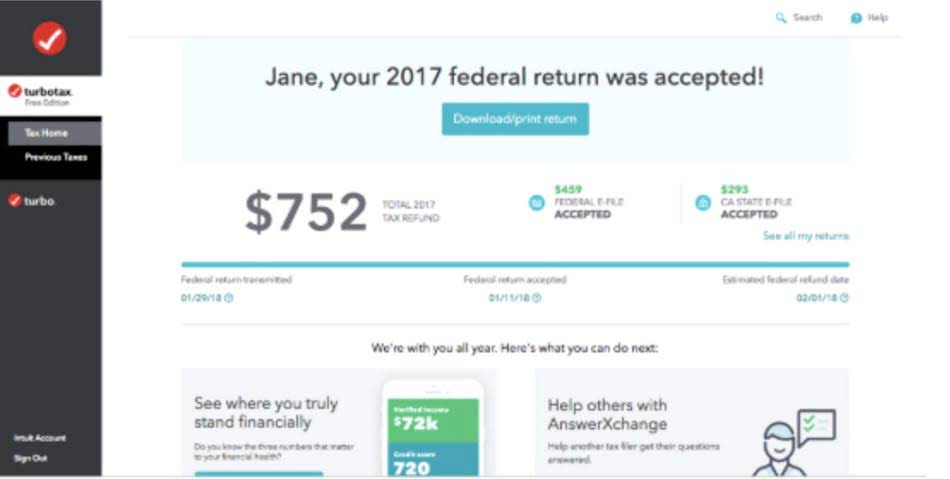
If you don’t separately account for and seek reimbursement for meal and entertainment expenses in connection with providing services for a client, you are subject to the 50% limit on those expenses. In July, the employer sent Sasha to Albuquerque for 4 days on business. The employer paid the hotel directly for Sasha’s lodging and reimbursed $80 a day ($320 total) for M&IE. Sasha’s actual meal expenses weren’t more than the federal rate for Albuquerque, which is $69 per day. If you dispose of your car, you may have a taxable gain irs receipt requirements 2022 or a deductible loss.

How Long To Keep Records and Receipts
- You can’t deduct any travel expenses you had in Fresno because Fresno became your tax home.
- Don’t include expenses for nonentertainment meals on those lines.
- However, due to changed circumstances occurring after 8 months, it was no longer realistic for you to expect that the job in Fresno would last for 1 year or less.
- For more information on recapture of a section 179 deduction, see Pub.
- If you hadn’t stopped in Dublin, you would have arrived home the evening of May 14.
- You can generally use the standard mileage rate whether or not you are reimbursed and whether or not any reimbursement is more or less than the amount figured using the standard mileage rate.
In addition, for the year your business use drops to 50% or less, you must recapture (include in your gross income) any excess depreciation (discussed later). You also increase the adjusted basis of your car by the same amount. The depreciation limits are reduced based on your percentage of personal use. If you use a car less than 100% in your business or work, you must determine the depreciation deduction limit by multiplying the limit amount by the percentage of business and investment use during the tax year.
Mileage Tax Deduction Vs. Reimbursement for Automobile Expenses

You must keep adequate records of these expenses whether or not you account to your client for these expenses. Your employer will combine the amount of any reimbursement or other expense allowance paid to you under a nonaccountable plan with your wages, salary, or other pay. They balance sheet complete Form 2106 (showing all their expenses and reimbursements) and enter $2,550 ($6,550 − $4,000) as an itemized deduction.
Timely Kept Records

A self-employed person generally has substantial control over arranging business trips. Your trip is considered entirely for business if you didn’t have substantial control over arranging the trip. The fact that you control the timing of your trip doesn’t, by itself, mean that you have substantial control over arranging your trip. A trip to a resort or on a cruise ship may be a vacation even if the promoter advertises that it is primarily for business. The scheduling of incidental business activities during a trip, such as viewing videotapes or attending lectures Bookkeeping for Veterinarians dealing with general subjects, won’t change what is really a vacation into a business trip. The term “incidental expenses” means fees and tips given to porters, baggage carriers, hotel staff, and staff on ships.

What receipts do I need to keep? What about other documentation?
- Your employee business expenses may be subject to either of the limits described next.
- Encourage your employees to use their phones to snap a photo of receipts at the moment they make a purchase.
- Your spouse occasionally types notes, performs similar services, and accompanies you to luncheons and dinners.
- Just be sure you keep the documentation to show the reimbursement along with the relevant information about what was purchased, when, and for how much.
- Depreciation is a tax deduction that allows businesses to recover the cost of an already purchased asset.
- Also include on this line business expenses you have for parking fees and tolls.
You can deduct these expenses only if all of the following requirements are met. You can deduct up to $2,000 per year of your expenses of attending conventions, seminars, or similar meetings held on cruise ships. The convention agenda or program generally shows the purpose of the convention.
- If the care is provided in your home, additional expenses may also qualify, such as the cost of a maid, cook, or housekeeper hired to provide services or care for your child or dependent.
- By adhering to these IRS receipt requirements, small businesses can ensure transparency, support accurate tax reporting, and minimize the risk of tax-related issues or audits.
- Because you spend most of your working time and earn most of your salary in Baltimore, that city is your tax home.
- You can prepare the tax return yourself, see if you qualify for free tax preparation, or hire a tax professional to prepare your return.
- They are essential for record-keeping, budgeting, and tax filing.
Credits & Deductions
- Generally, you can use the “standard meal allowance” method as an alternative to the actual cost method.
- Table 6-1 explains what the employer reports on Form W-2 and what the employee reports on Form 2106.
- For purposes of figuring depreciation, if you first start using the car only for personal use and later convert it to business use, you place the car in service on the date of conversion.
- Generally, your employer must include the value of the use or availability of the vehicle in your income.
- This proves that you paid for the expense for business purposes.
- Daily transportation expenses you incur while traveling from home to one or more regular places of business are generally nondeductible commuting expenses.
This rule applies unless the mid-quarter convention applies to the vehicle being disposed of. See Depreciation deduction for the year of disposition under Disposition of a Car, later, for information on how to figure the depreciation allowed in the year of disposition. If you use the percentages from the chart, you generally must continue to use them for the entire recovery period of your car. However, you can’t continue to use the chart if your basis in your car is adjusted because of a casualty. See Figuring the Deduction Without Using the Tables in chapter 4 of Pub. For more information on the qualifications for this shorter recovery period and the percentages to use in figuring the depreciation deduction, see chapter 4 of Pub.















